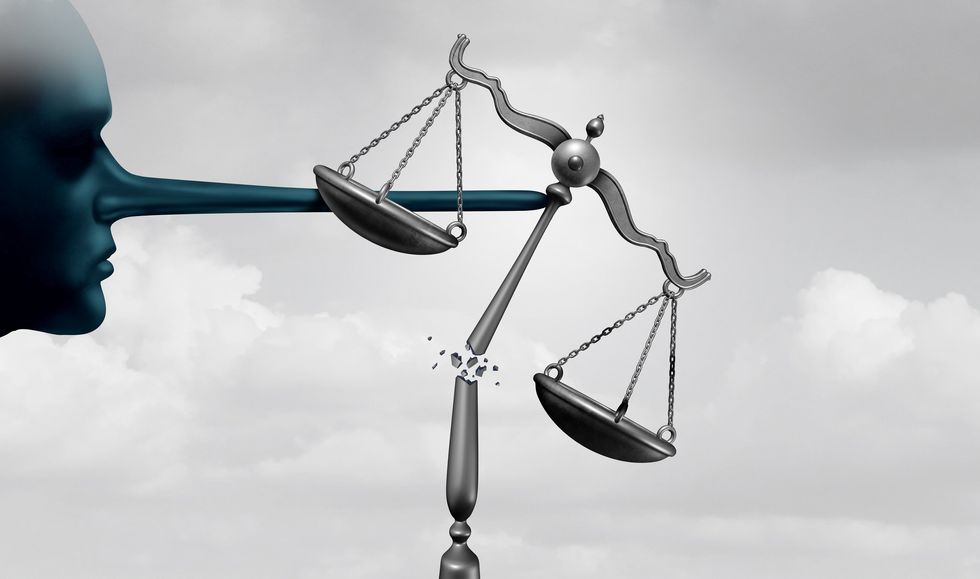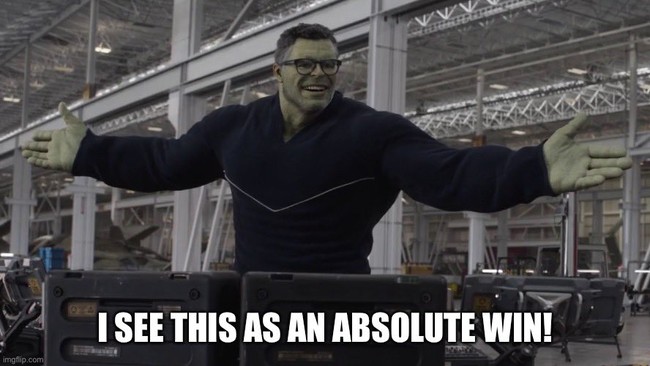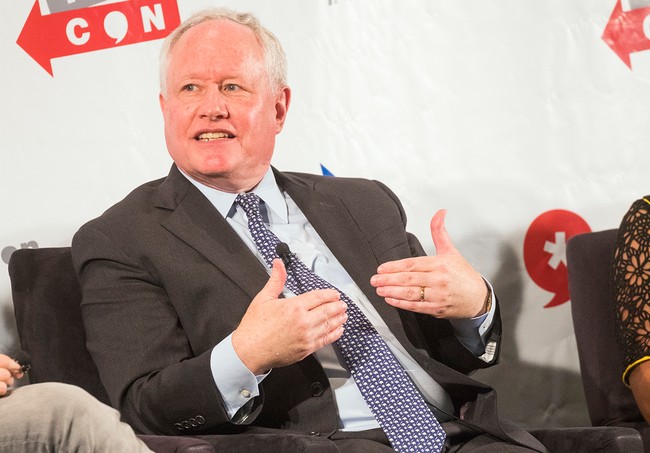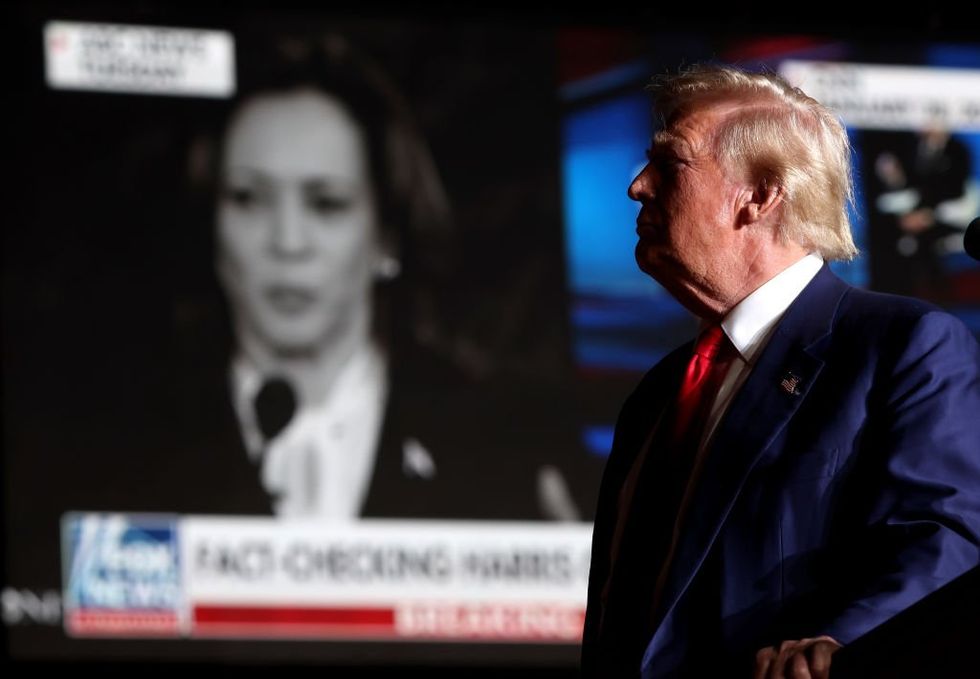Why the media doesn’t fear defaming Donald Trump

Have you ever wondered why reporters don’t seem to hesitate to say and repeat things about Donald Trump that simply aren’t true — as if they have no fear of defamation liability?
This sort of thing happens because the U.S. Supreme Court about 60 years ago invented a First Amendment doctrine that protects the media from defamation liability, at least in lawsuits brought by public figures.
The ‘actual malice’ standard technically allows the media to defame politicians of both parties equally. But they don’t. Not by a mile.
If you’re wondering which words in the First Amendment tell reporters they are free to defame activists, politicians, and other public figures without fear of being sued, you’re on the right track. Nothing in the text, structure, or original public understanding of the First Amendment talks about or even leads logically to an absurd rule insulating the media from defamation liability.
The fact that the Constitution doesn’t support this rule didn’t stop the Supreme Court from deciding in a 1964 case called New York Times v. Sullivan that a defamation action brought by a public figure cannot succeed unless the defendant acted with “actual malice.”
The Supreme Court defined “actual malice” to mean knowledge of the offending statement’s falsity or reckless disregard as to its truthfulness. For obvious reasons, the news media industry loves Sullivan, as it gives reporters and media companies almost a complete pass when it comes to defaming public figures.
But the fact that media companies love the Sullivan case doesn’t change the fact that the Supreme Court invented this doctrine out of thin air.
Even if one thinks immunizing media companies against defamation liability might be a good idea for policy reasons, that doesn’t change the fact that it finds no support in the Constitution. As a practical matter, moreover, it’s become apparent that New York Times v. Sullivan disproportionately — indeed, overwhelmingly — helps Democrats and creates a severe disadvantage for Republicans in the political process.
Think about it: The media are all but immune from defamation liability when speaking about public figures, including politicians, so, given that the media are almost seamlessly aligned with Democrats, they can hit Republicans more or less all they want without fear.
And they do!
In essence, all the media must do to avoid liability when attacking Donald Trump and other Republican politicians is have some thin, arguable basis to show that when they defamed a Republican, they didn’t know they were speaking falsely.
That means they can be negligent when speaking falsely about Republican politicians like Trump.
Of course, reporters will insist “that’s not fair to say New York Times v. Sullivan allows us to single out Republicans. After all, the same standard applies regardless of a politician’s party affiliation.” But that overlooks the overwhelming, increasingly obvious bias within the news industry in America.
So yes, the “actual malice” standard technically allows the media to defame politicians of both parties equally. But they don’t. Not by a mile.
Thus, not only is the Sullivan decision wrong because it isn’t rooted in the Constitution (but claims to be), but it also leaves countless victims of defamation without recourse, encourages lazy journalism, and provides a huge, unfair advantage to Democrats in politics.
Some jurists and legal scholars have noted that it may be time for the Supreme Court to revisit New York Times v. Sullivan and that litigants facing this standard should begin making arguments for overturning that unfortunate precedent.
In any event, it’s wrong for Democrats to enjoy an unfair advantage arising out of a fake constitutional doctrine created out of thin air by the Supreme Court 60 years ago.
Editor’s note: This article has been adapted from a thread that appeared on X (formerly Twitter).









